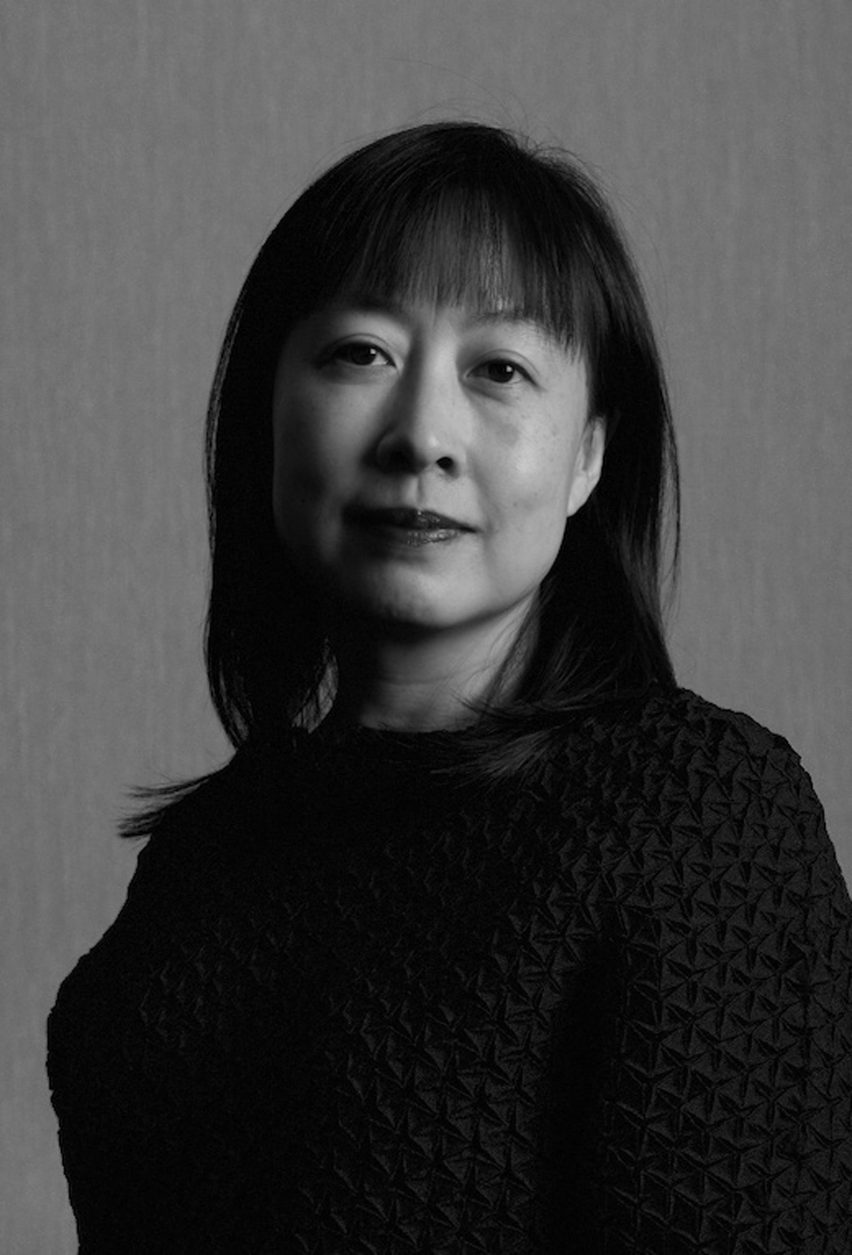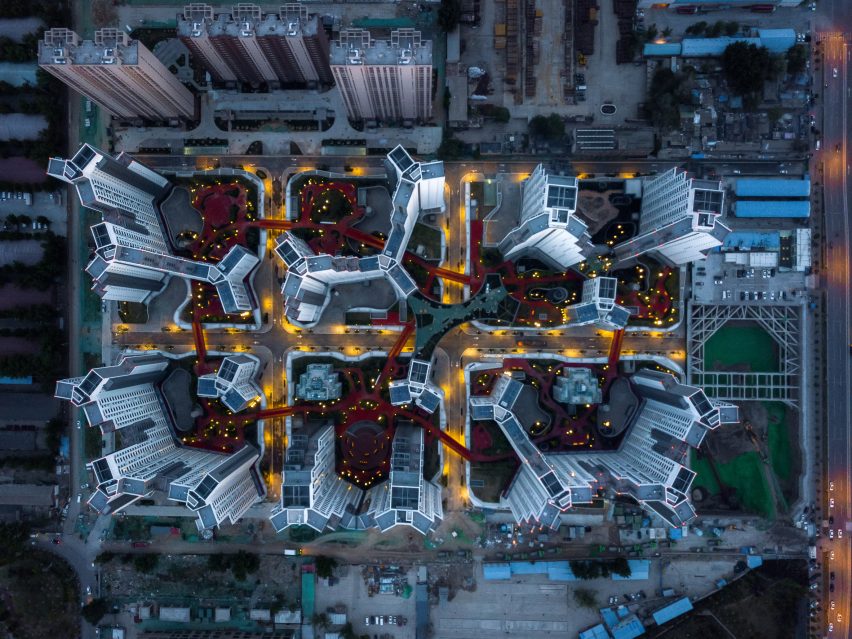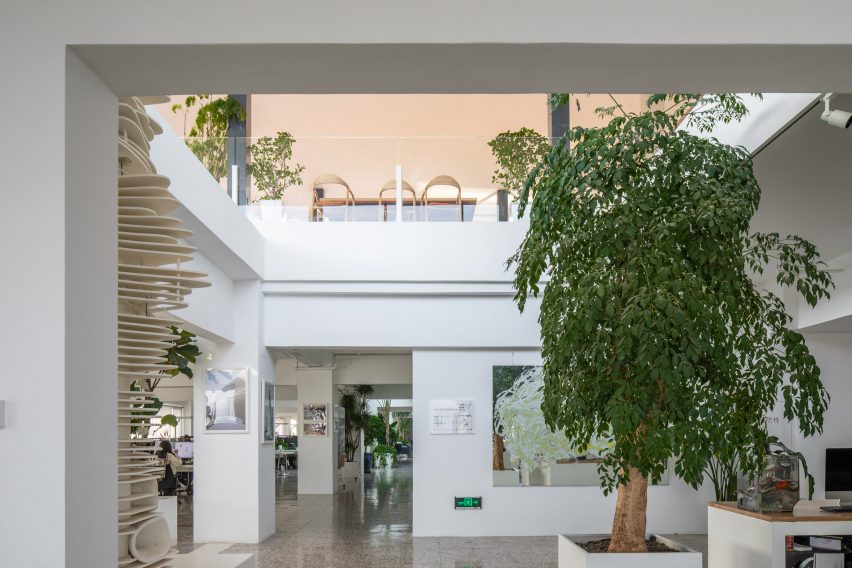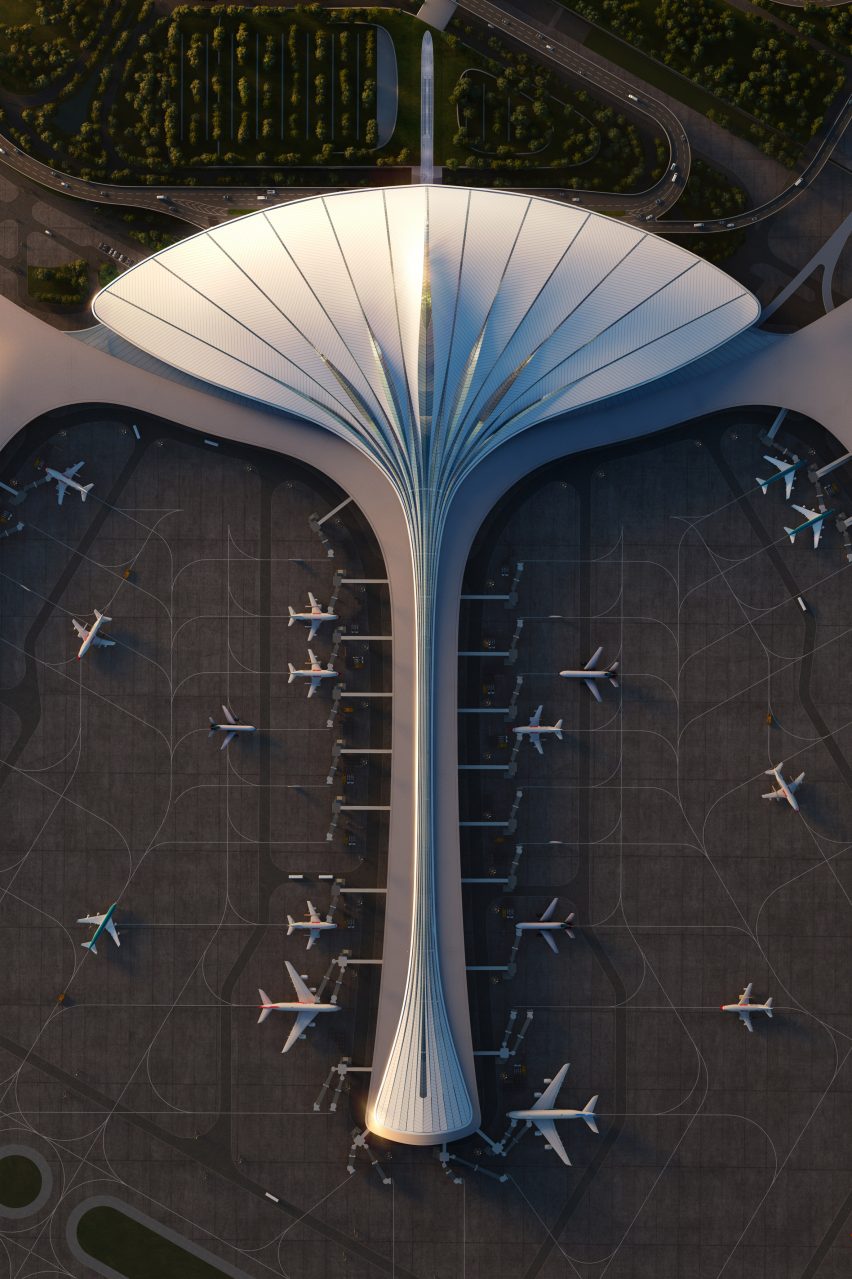
"We look for candidates who have an open attitude to work" says MAD Architects
As part of our Dezeen Jobs: How We Recruit series, principal partner at MAD Architects Dang Qun discusses the attributes the firm looks for when hiring.
Sophie Chapman: How do you think the recruitment process at MAD Architects has changed over the past 10 years?
Dang Qun: It's inside out – it's not about what's happening in the architecture industry or job market, but how MAD's office has developed.
10 years ago, we were still a relatively young architecture practice. We have since grown to design opera houses, museums, multifunction complexes, social housing and schools.
While we previously predominantly hired designers and architects – some mid-range and some experienced – we now also need project managers, project artists and experienced technical architects with experience in public buildings or large-scale projects like opera houses and airports.

Sophie Chapman: Can you tell me more about the difference in candidates now compared to 10 years ago?
Dang Qun: Technology-wise, we are now designing on computers, as well as hand-drawing and creating handmade models. As we're hiring young people, who recently graduated from university, a lot of them already know the required computer skills that senior architects wouldn't have known 10 years ago.
They know how to use computers to rationalise a design process to create a complex building. This applies to students, but also to current senior architects, contractors and consultants.

Sophie Chapman: If a candidate were to come from a different discipline, what kind of experience would you want them to have that could be applied to the architecture industry?
Dang Qun: When someone applies for a role who doesn't necessarily have an architecture degree, we look for people who have artistic personalities. We often have applicants from art schools, who trained as artists or sculptors, whose three-dimensional-oriented skills can be transferred to our disciplines.
When we interview people, we look for two major things. One is talent. We always seek the beauty in talent. There are differences between everyone, even if you graduate from the same school.
The second thing is being open. No matter how young or old you are, you have to be open to challenges, open to something outside of regulation that's not in the standard form and not from your usual experience. You have to love and thrive in being open, trying new things and embracing challenges. We look for candidates who have an open attitude to work with something that's never been built before.
We host lectures in the office once or twice a month. Rather than asking architects to give the talks, we ask philosophers, historians, artists, film directors and musicians. We want our employees to look beyond architecture to other artistic directions in the hope this could lead to people from different backgrounds wanting to work for MAD.
The MAD office culture is full of positive, free-minded people who love architecture and design and, no matter how old or young, love a challenge.

Sophie Chapman: How do you see recruitment changing in the future?
Dang Qun: We have hired almost 170 people globally and I can already see the differences from the last 10 years, with how we build projects, and the technology we use.
For example, recently we discovered a machine that can cut solid stone into a 3D shape. This machine is not traditionally used in our industry, but we've found it is very efficient.
With advancements like this, we need more experienced people, as well as open-minded, to join MAD Architects compared to 10 years ago and this will keep evolving.
Sophie Chapman: Are there any roles that didn't exist five to 10 years ago that are now really crucial to the company?
Dang Qun: Yes, 15 years ago we didn't have project architects – everyone instead would do multiple tasks. Now that we have matured, in one team we'll employ a project architect, project manager, designers, interior designers, landscape designers, technical director or facade director.
The director role, which we've been employing for the past five years, is responsible for overseeing all stages of the project.
At the same time, we don't want to lose young, talented designers across multiple disciplines. We want to hire more and more people.

Sophie Chapman: Do you have any advice for people who are looking to join MAD Architects?
Dang Qun: An open mind is all we ask for. There are 19 nationalities across the 150 architects we employ in our Beijing office. While we're a Chinese practice, our culture is global. If we find someone who is a fit for MAD, the door is always open.
Dezeen Jobs: How We Recruit series
This article is part of Dezeen Jobs: How We Recruit, a series of interviews to mark Dezeen Jobs turning 15, which explores changing hiring practices and future recruitment needs for companies around the world.